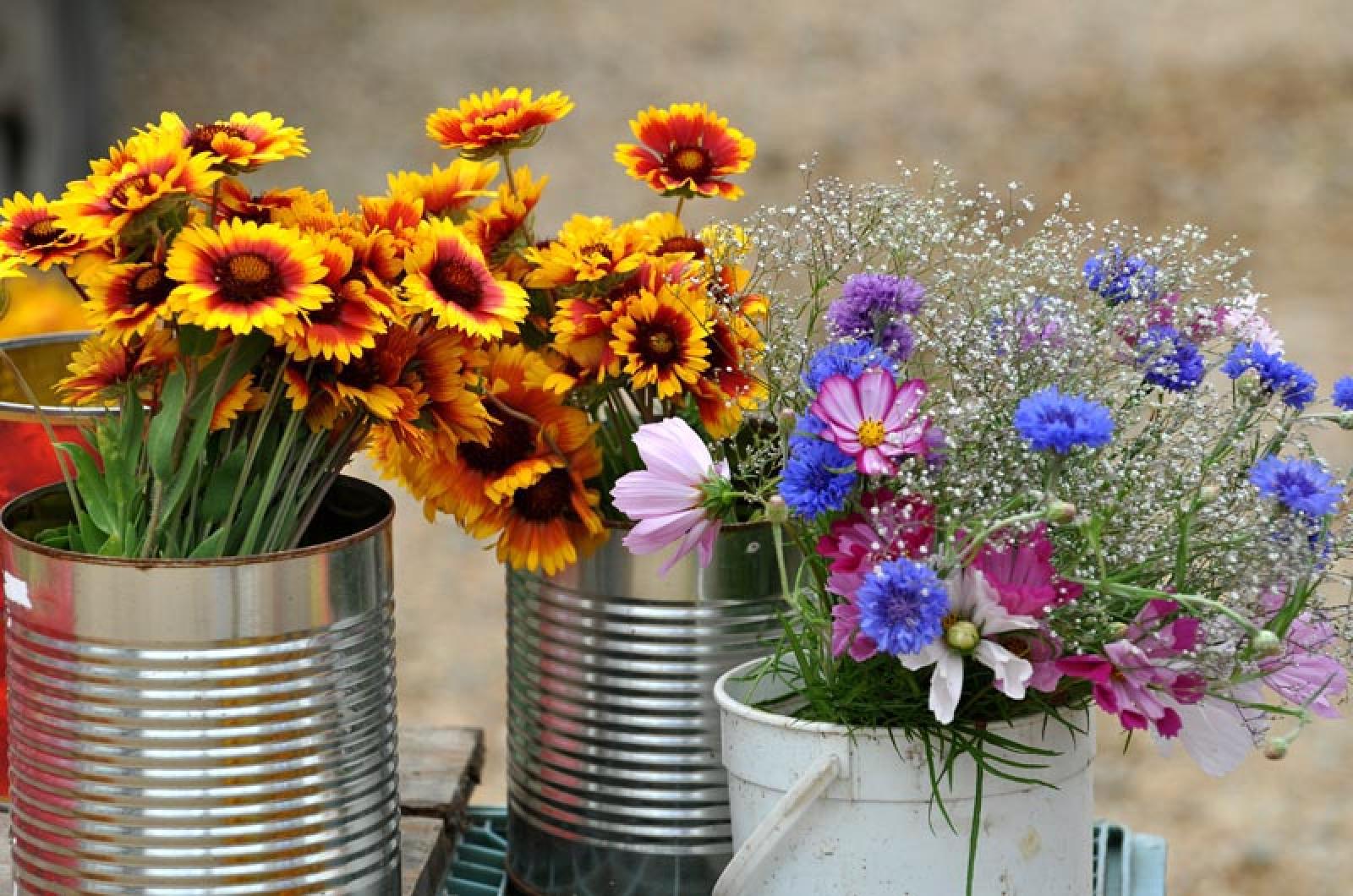Editor’s Note: The following was published in the Gazette in June 2007. Ethel Sherman died last week at the age of 91.
In our Chilmark yard the trees reach higher and higher to the sky. The old timers in the town told us that many years ago our land was a pasture for grazing cattle owned by local farmers. These four-footed animals made the soil rich with their manure.
When we bought the two acres in 1975 the underbrush was waist high. There were wild blueberry and hazelnut bushes and an occasional white oak and scrub oak.
We picked the best spot for our home, one hundred feet from the road as specified by town ordinance. Then Ralph, using hand saw and ax, cleared the land of all but the oak trees and two blueberry bushes.
We planned half the property for the house, the garage, the garden behind the house and a lawn. He left the remaining acre in its virgin condition.
As the scrub oaks died he cut them down and over the years he replaced them with seedlings of blue spruce, green spruce, white pin or white oak from the once-a-year sale at Felix Neck Wildlife Sanctuary in Edgartown. He circled each with chicken wire two feet high for protection against marauding, voracious visiting deer and rabbits. After a certain height of the trees, the wire was removed and the trees fended for themselves. Many hardy ones that escaped the wildlife have grown to 18 feet.
Each year trees were added and now we have a tall red beech, a tall red maple and a few green maples.
When we married in 1965 and had our little house in Berkley, there were three tall elms on our land with beautiful lacy, leaved branches. To our dismay, it wasn’t long before they succumbed to Dutch Elm disease. Poring over the seed catalogs here on the Island, Ralph discovered a special elm tree that scientists have proven will not contract the dreaded disease. We’ve had one for quite a few years and it appears to be flourishing. When Ralph was growing up, there were nut trees in his family’s yard and he craved some. We have English Carpathian walnut, a black walnut and an edible chestnut. When the nuts have reached maturity we often wonder if these trees were planted for us or for the alert squirrels.
There is a special fir tree. About 30 years ago our grandson R.J. and his parents had a change in Christmas plans. Usually we enjoyed their company, but this particular year they were headed to Texas to celebrate the birth of Christ with the other branch of the family. December 19 would be our day with them. On the 18th Ralph and I shopped the commercial landscape gardens to find a live Christmas tree. Tea Lane Nursery had a four-foot green spruce with the roots buried in a large ball of damp dirt secured by burlap and a heavy string. Ralph put it in a galvanized bucket with a sufficient amount of water to keep the roots moist. We decorated it with colored lights, tinsel and baubles in our living room and covered the bucket with a Christmas tablecloth.
In the meantime, Ralph had dug a deep hole in the lawn near the curve in our driveway so he could plant it in a few days before a deep freeze. The hole was in an ideal spot, but that winter Mother Nature did not cooperate. The ground remained frozen all season. He cared for the tree in our garage until the first spring thaw. It is now a colossal, neck-craning 40 feet. This green spruce tree was dubbed Christmas tree and is known by that name to the present day.
Our next project was a red maple needed to relieve the surrounding green color of the fir trees. It’s now almost as tall as the Christmas tree and looks down on the small, red ornamental Japanese variety that lives nearby.
In addition to trees, Ralph had planted rhododendron and azalea bushes and we expected gorgeous flowers with purple and pink blossoms, but during the starvation winter months the deer devoured the green leaves and healthy twigs and in the summer the cute little bunnies (and I use that term loosely) gobbled up colorful tulips, iris and hyacinths. We learned that the jonquils were the only flower that they did not touch. The jonquil gives off some kind of noxious poison that does not appeal to the wild critters. Ralph cultivates the growth of the jonquils by digging up the bulbs that in multiplying, have grown close together. He buries them in empty spaces. Now the jonquils border our driveway and surround the outskirts of our cultivated acre.
During the day, in addition to conquering the weeds in our vegetable garden, he continues his landscaping battle with persistence, imagination and love.





Comments (1)
Comments
Comment policy »